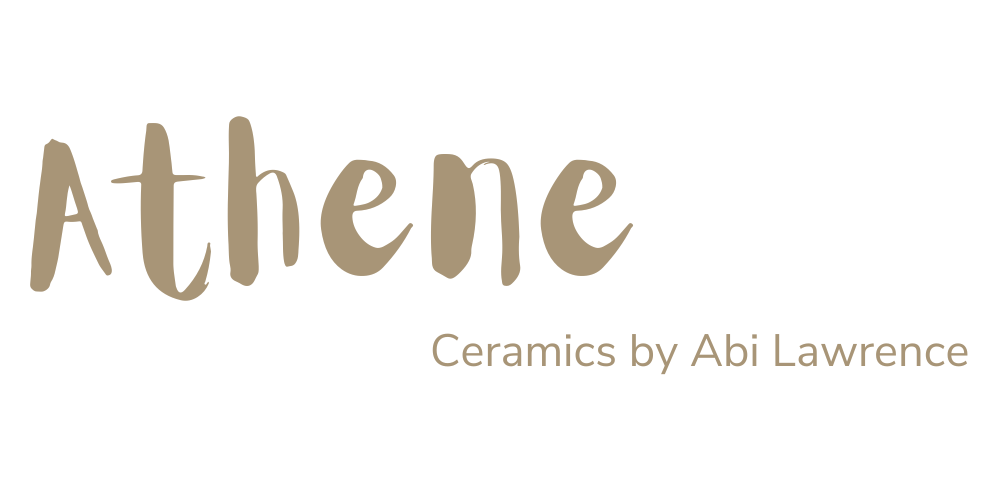Embracing the Circle of Pottery: Reclaiming Your Clay
Welcome back to our pottery corner, where we're always exploring new ways to get creative with clay. Today, we're delving into the fascinating world of clay reclamation. Whether you're a seasoned potter or just starting out, understanding how to recycle your clay can be a game-changer in your pottery journey.
The Endless Life of Clay
One of the magical qualities of clay is its infinite recyclability. That's right – you can recycle clay over and over again until it's been bisque fired. This means that any clay trimmings, misshapen pieces, or cracked creations need not end up in the landfill. Instead, they can be lovingly transformed back into fresh, workable clay. It's like a never-ending cycle of creativity!
The Reclaiming Process
So, how do I go about reclaiming my clay? Let's break it down step by step:
Drying: I begin by allowing the clay to dry completely. This step helps prepare the clay for the next stage of reclamation.
Soaking: Once the clay is dry, it's time for a bath! I submerge my clay pieces in water until they turn into a soupy consistency, also known as "slip." This process is called "slaking."
Remove Excess Water: After slaking, I notice that there's some excess water on top of my slip. Carefully, I pour this off, leaving behind the clay slurry.
Mixing: Now, it's time to mix things up. I can either do this by hand or use a mixer to homogenize the clay slurry. This step ensures that my clay is consistent in texture and ready for the next stage.
Drying on Plaster Boards: I spread the mixed clay slurry onto plaster boards. This helps to draw out excess moisture from the clay, leaving me with a more workable consistency.
Wedging: Finally, when my clay has solidified to the right consistency, it's time to wedge it. Wedging is a method of kneading the clay to remove air pockets and ensure it's uniform and ready for my pottery wheel or hand-building projects.
The Beauty of Clay Reclamation
While the clay reclamation process may sound a bit tedious, it's a beautiful reminder of the circularity of pottery. It symbolizes a commitment to sustainability and the creative potential that lies within every piece of clay. The idea that we can continually mold and reshape our creations, breathing new life into them, is a metaphor for the endless possibilities that clay offers.
Moreover, reclaimed clay often has distinct advantages when it comes to working with it. It tends to be softer and more elastic, making it easier to shape and manipulate on the wheel. This pliability allows for finer detail work and more intricate designs in your pottery.
In conclusion, clay reclamation is not just a practical skill for potters; it's a philosophy that embodies the essence of pottery itself – a never-ending journey of creation, recreation, and imagination. So, the next time you find yourself with excess clay or a project gone awry, don't despair. Embrace the circularity of pottery by reclaiming your clay and let your creative spirit flow endlessly. Happy potting!

